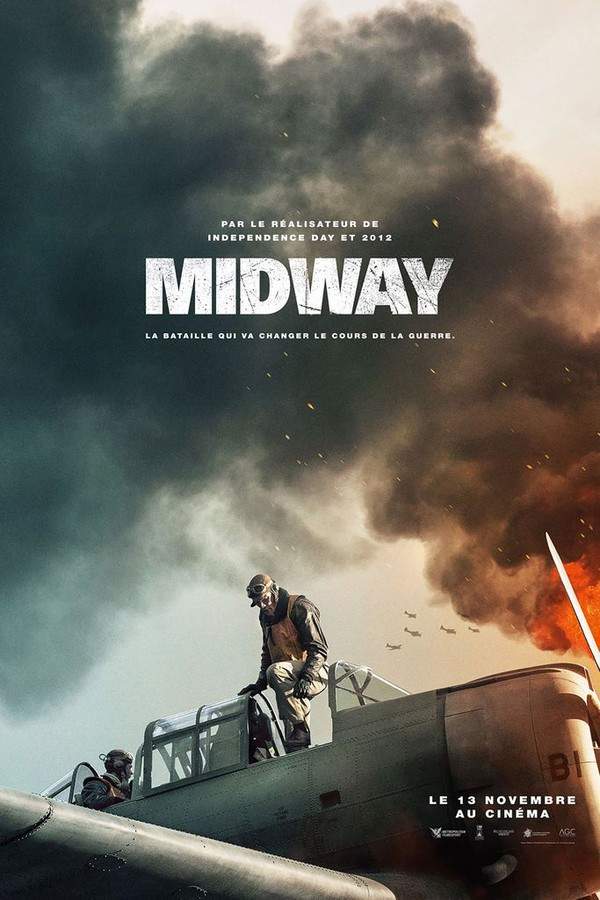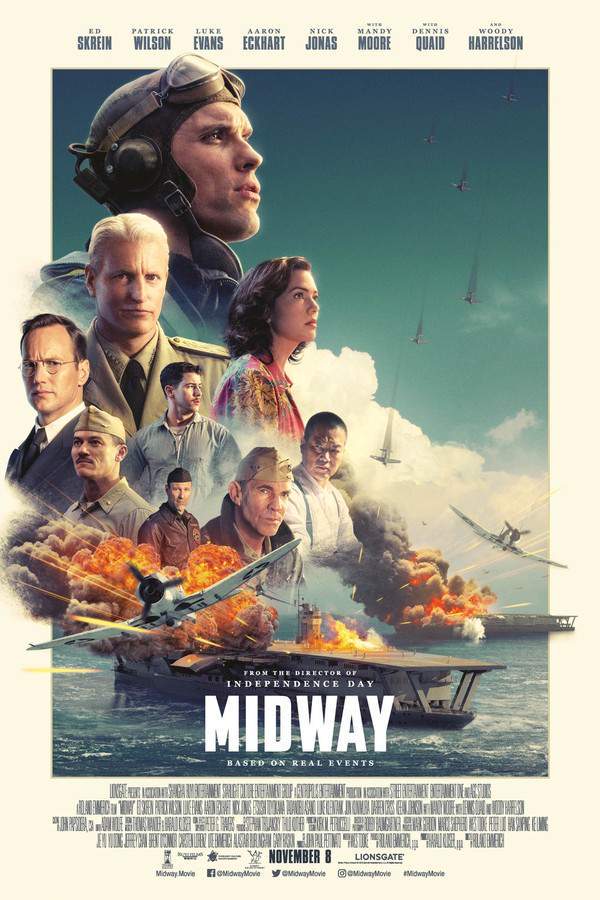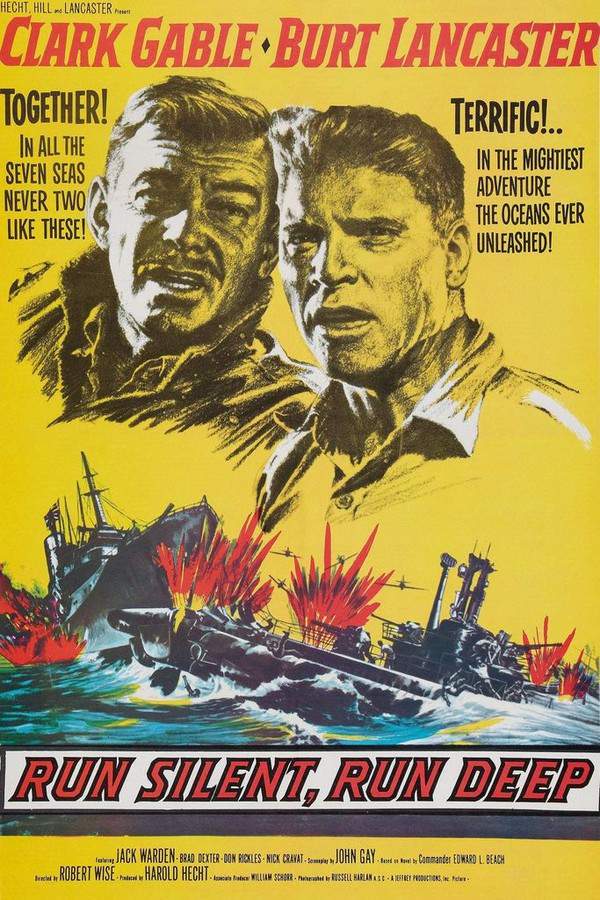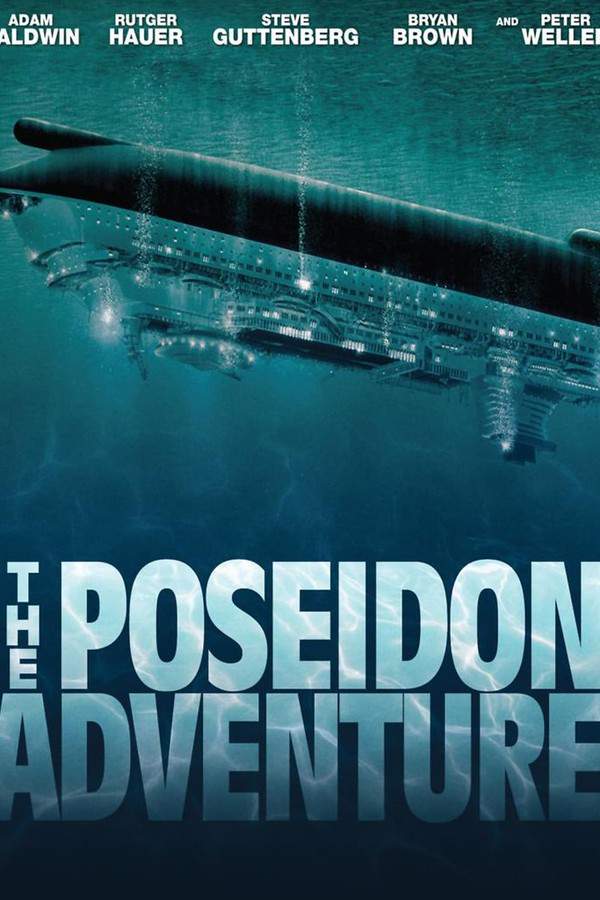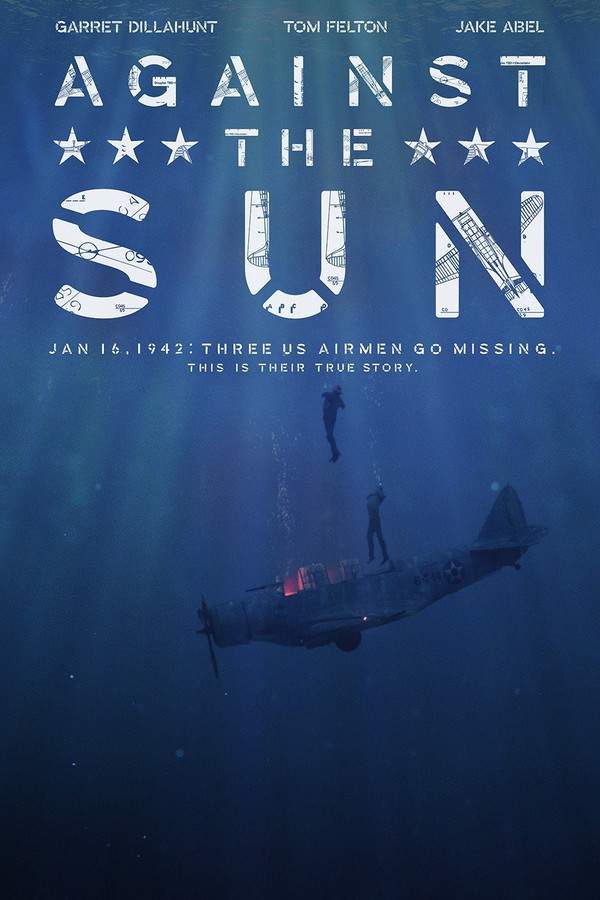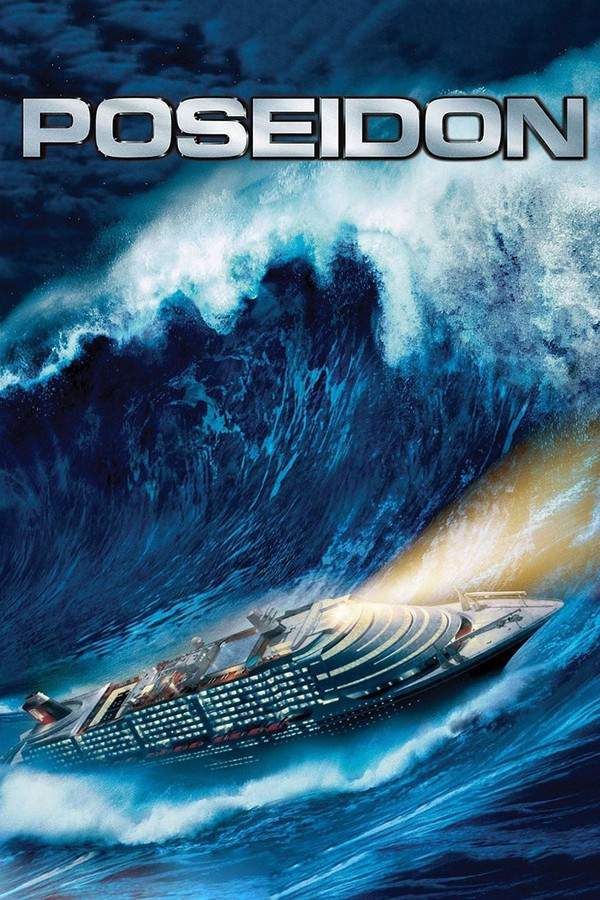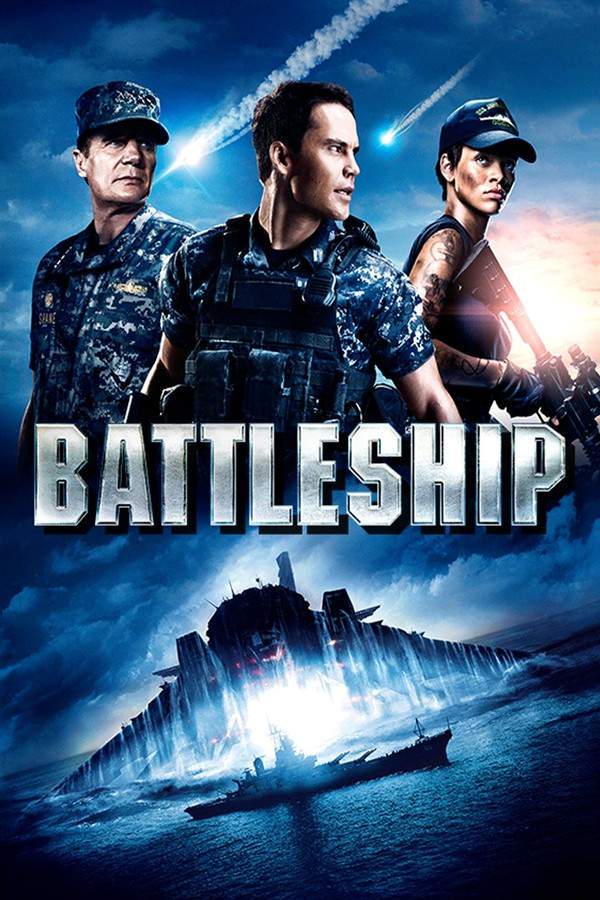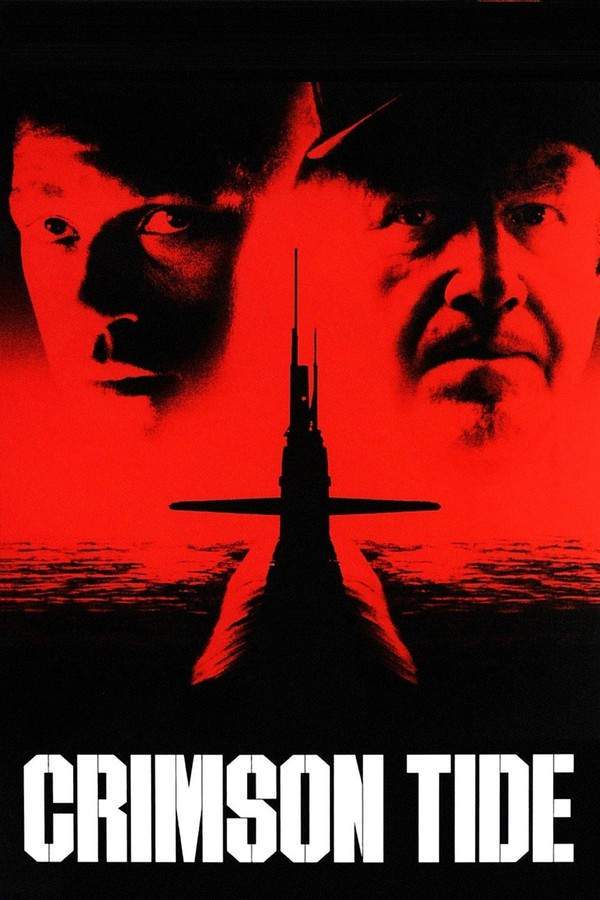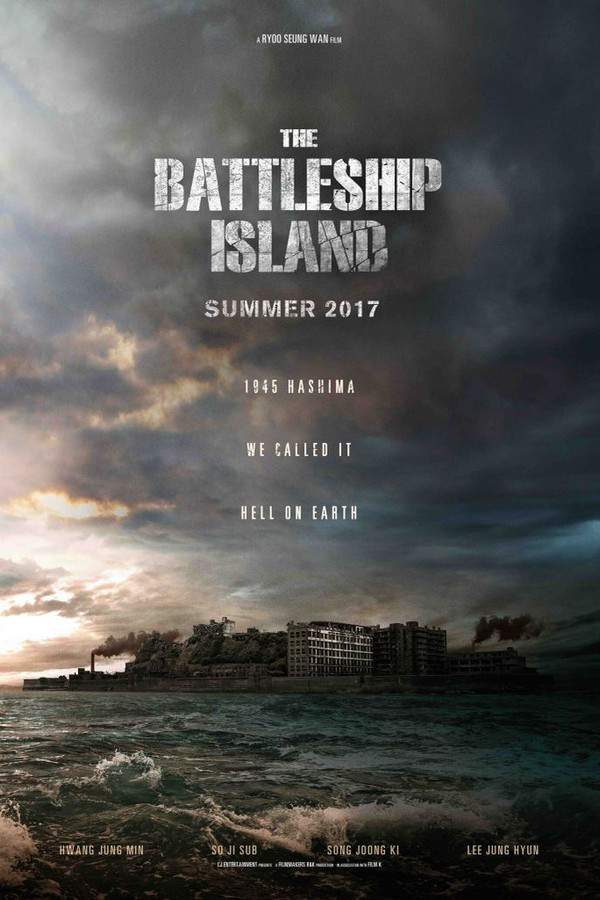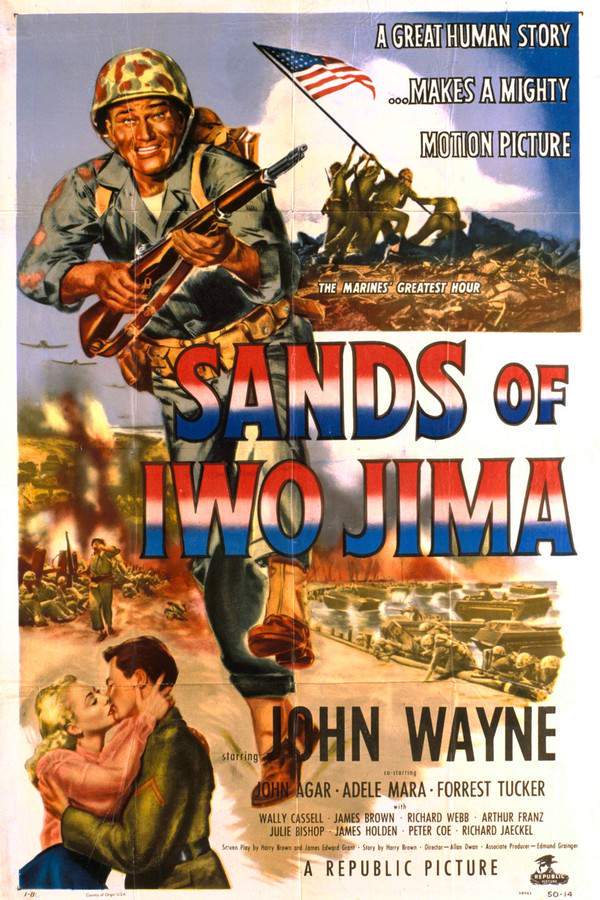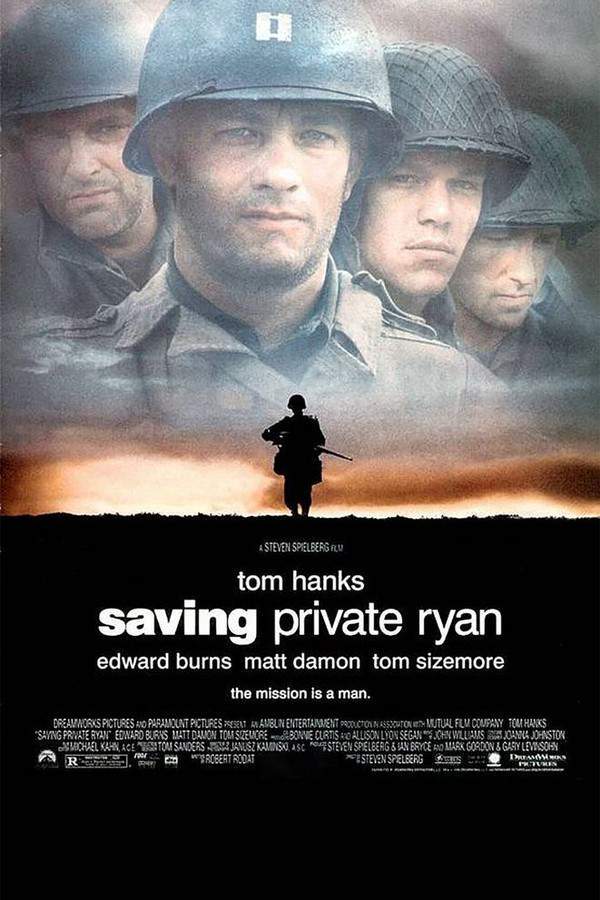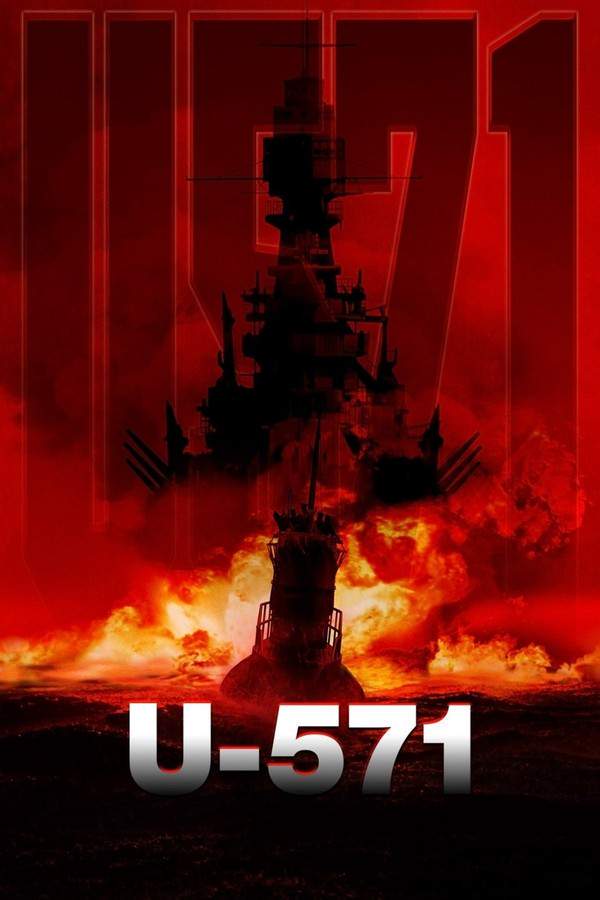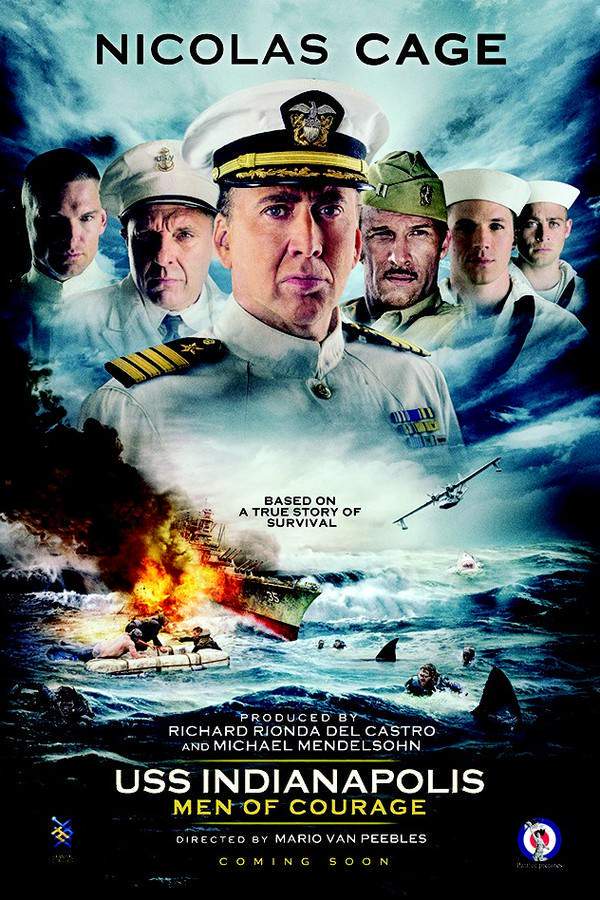
USS Indianapolis: Men of Courage
Year: 2016
Runtime: 128 min
Language: English
During the final days of World War II, the USS Indianapolis is struck by enemy torpedoes in the Philippine Sea. The crippled vessel and its crew face a harrowing ordeal as they struggle to survive in the vast ocean. Stranded and adrift, the men battle against the elements and the constant danger of shark attacks while desperately awaiting rescue, testing the limits of their courage and resilience.
Warning: spoilers below!
Haven’t seen USS Indianapolis: Men of Courage yet? This summary contains major spoilers. Bookmark the page, watch the movie, and come back for the full breakdown. If you're ready, scroll on and relive the story!
USS Indianapolis: Men of Courage (2016) – Full Plot Summary & Ending Explained
Read the complete plot breakdown of USS Indianapolis: Men of Courage (2016), including all key story events, major twists, and the ending explained in detail. Discover what really happened—and what it all means.
In 1945, the United States faced significant challenges in dislodging the Japanese forces entrenched in Okinawa, a crucial gateway to the Japanese main islands. US troops attempting to approach Okinawa were met with fierce resistance from both aerial dive bombers and heavily armed ground troops.
In light of the steep human costs associated with a ground invasion of Japan, a high-stakes plan emerged: an atomic bomb would be delivered to Japan. However, the aircraft capable of carrying it lacked the necessary range, necessitating transport to the Philippines. The decision was made to send the bomb aboard a single, unprotected military ship, designed to evade detection by the Japanese fleet.
The chosen vessel for this perilous mission was the USS Indianapolis, commanded by Captain Charles McVay. Tasked with delivering components that would ultimately be used to devastate Hiroshima, McVay realized the gravity of the situation—he was embarking on what could be perceived as a suicidal mission. While the USS Indianapolis was a formidable heavy cruiser against ships and aircraft, it was highly vulnerable to submarine attacks. Unlike typical operations where heavy cruisers traveled with an escort of destroyers to fend off submarines, in this instance, McVay was ordered to proceed without any protective measures. In the event of a torpedo strike, the crew would have merely four minutes to evacuate. Although the ship could maneuver to evade enemy subs, it could not outrun the deadly Kaitens, manned torpedoes launched from Japanese submarines.
Under the direction of Rear Admiral William S. Parnell, McVay was pushed to undertake this mission despite the inexperience of many in his crew, which included Lieutenant Adrian Marks and Chief Petty Officer Brian “Bama” Smithwick. To make matters worse, the ship was still undergoing repairs from a prior kamikaze attack. After delivering the bomb’s components to Tinian Island on July 26, 1945, the USS Indianapolis was ordered to leave without an escort to maintain the secrecy of the operation.
As it sailed back with 1,197 men on board, disaster struck on July 30, when a Japanese submarine I-58—commanded by a captain who sensed his own impending curse due to a lack of confirmed kills—spotted the heavy cruiser and launched a Kaiten. The submarine’s torpedo struck, leading to the rapid sinking of the USS Indianapolis. Of the crew, 300 men perished in the depths of the Philippine Sea, while the remaining sailors found themselves stranded for five harrowing days in treacherous waters, bereft of food or drink in an environment teeming with sharks.
Suffering intense thirst and hunger, many of the survivors succumbed to the unforgiving sea, either eaten by sharks or dying from saltwater poisoning. By the end of the third day, only 500 men were left, dwindling further to 350 by the fourth day. Hope appeared lost until a pilot fortuitously spotted the remaining survivors on the fifth day and initiated a rescue operation, leading to the recovery of just 317 crew members.
In the aftermath, the US Navy faced scrutiny over its failure to provide an escort or respond adequately to the distress calls sent by the Indianapolis prior to its sinking. This negligence was swept under the rug, with the Navy courts-martialing Captain McVay for supposedly endangering his ship by not zigzagging to avoid enemy fire. Despite testimonies, including one from the former captain of the IJN I-58 submarine who sought to prove McVay’s innocence, the blame was unfairly placed on him.
As the years passed, McVay became a target for vilification by the media and harassed by the families of those lost in the tragedy, which ultimately led him to take his own life. Meanwhile, the commander of the Japanese submarine returned to Japan, eventually participating in the exoneration of Captain McVay years later. In 2000, President Bill Clinton formally cleared McVay of all charges, recognizing the grave injustices surrounding this historical maritime disaster.
Last Updated: October 25, 2024 at 12:06
Unlock the Full Story of USS Indianapolis: Men of Courage
Don't stop at just watching — explore USS Indianapolis: Men of Courage in full detail. From the complete plot summary and scene-by-scene timeline to character breakdowns, thematic analysis, and a deep dive into the ending — every page helps you truly understand what USS Indianapolis: Men of Courage is all about. Plus, discover what's next after the movie.
USS Indianapolis: Men of Courage Timeline
Track the full timeline of USS Indianapolis: Men of Courage with every major event arranged chronologically. Perfect for decoding non-linear storytelling, flashbacks, or parallel narratives with a clear scene-by-scene breakdown.

Characters, Settings & Themes in USS Indianapolis: Men of Courage
Discover the characters, locations, and core themes that shape USS Indianapolis: Men of Courage. Get insights into symbolic elements, setting significance, and deeper narrative meaning — ideal for thematic analysis and movie breakdowns.

Similar Movies to USS Indianapolis: Men of Courage
Discover movies like USS Indianapolis: Men of Courage that share similar genres, themes, and storytelling elements. Whether you’re drawn to the atmosphere, character arcs, or plot structure, these curated recommendations will help you explore more films you’ll love.
Explore More About Movie USS Indianapolis: Men of Courage
USS Indianapolis: Men of Courage (2016) Scene-by-Scene Movie Timeline
USS Indianapolis: Men of Courage (2016) Movie Characters, Themes & Settings
USS Indianapolis: Men of Courage (2016) Spoiler-Free Summary & Key Flow
Movies Like USS Indianapolis: Men of Courage – Similar Titles You’ll Enjoy
Midway (2019) Detailed Story Recap
Midway (1976) Full Summary & Key Details
Run Silent Run Deep (1958) Full Movie Breakdown
The Poseidon Adventure (1972) Story Summary & Characters
Against the Sun (2015) Detailed Story Recap
Adrift (2018) Full Summary & Key Details
Pearl Harbor (2001) Full Movie Breakdown
Poseidon (2006) Full Movie Breakdown
Battleship (2012) Full Summary & Key Details
Crimson Tide (1995) Ending Explained & Film Insights
All Is Lost (2013) Detailed Story Recap
The Battleship Island (2017) Complete Plot Breakdown
Sands of Iwo Jima (1950) Movie Recap & Themes
Saving Private Ryan (1998) Full Movie Breakdown
U-571 (2000) Film Overview & Timeline



